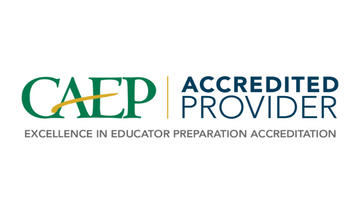CAEP Annual Reports
The College of Applied Studies is an educator preparation providor (EPP) accredited by the Council for the Accreditation of Educator Prepartion (CAEP) through 2031. The next accreditation visit is scheduled for Spring 2031. Accreditation through CAEP indicates that the College of Applied Studies has demonstrated that it meets standards set by organizations representing the academic community, professionals, and other stakeholders.
The College of Applied Studies provides annual report information as requested to CAEP, specifically in relation to outcome/impact measures.
Programs Accredited by CAEP
Each of these initial licensure programs are KSDE approved programs and accredited by CAEP
Elementary Education w/ concentration in Elementary Education Unified (EEU)
Each of these advanced level programs are KSDE approved programs and accredited by CAEP.
Early Childhood Unified Program
High Incidence Alternative Certification
Low Incidence Alternative Certification
School Counseling (CACREP Accredited)
School Psychology (NASP Accredited)
School Leadership License (Building Level) Certificate or MEd Educational Leadership
CAEP Accountability Measures
CAEP (Council for the Accreditation of Educator Preparation) has four annual reporting measures which are used to provide information to the public on program impact and program outcomes.
The following documents have been formatted for screen reader accessibilty. If you have trouble acessing information on these documents, please email CAS.Dean@wichita.edu


